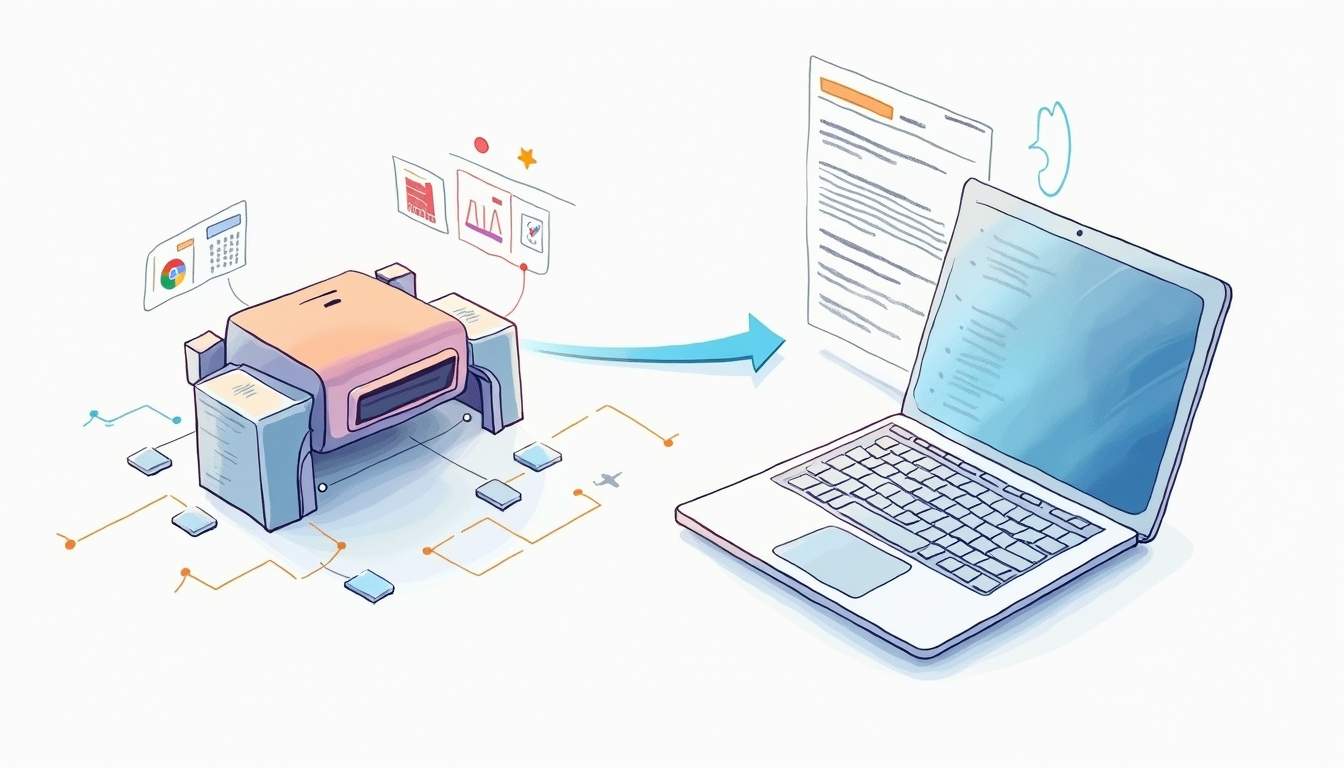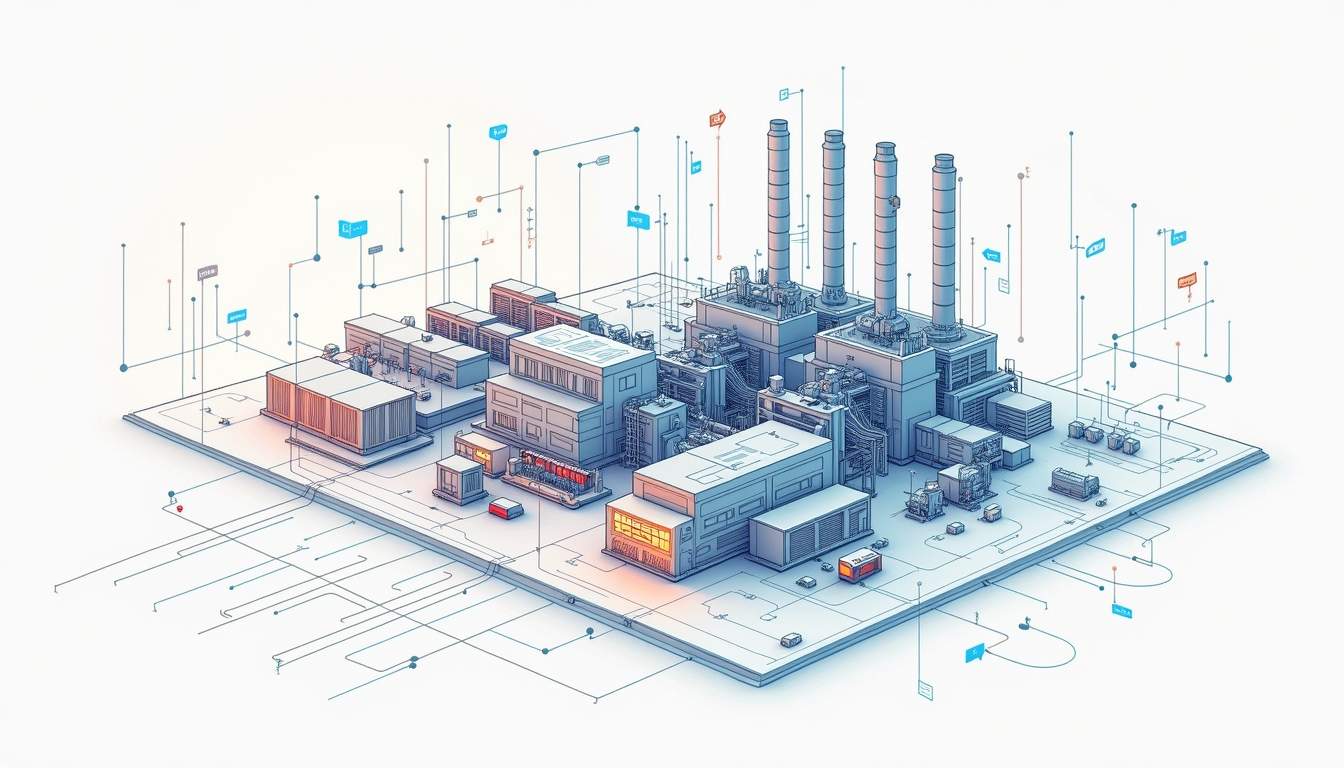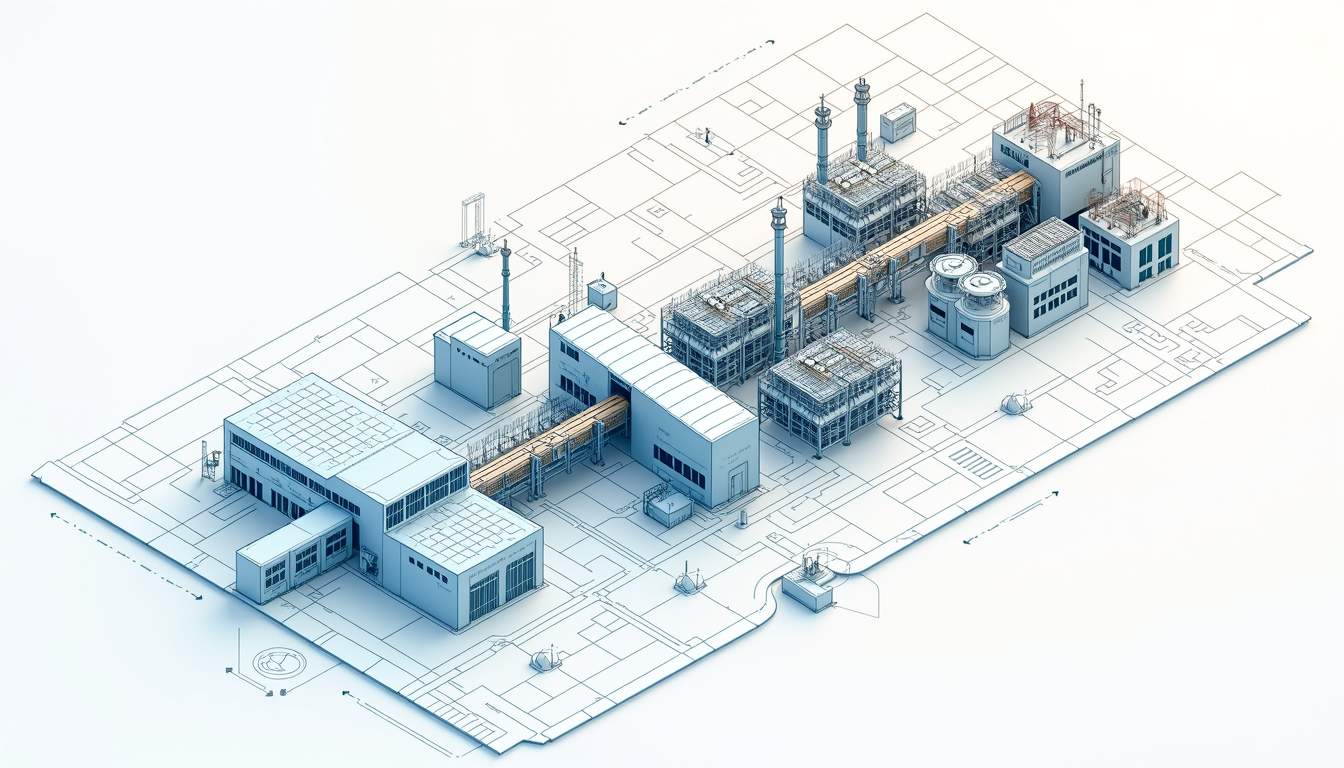Introduction to Digital Twin Technology
The concept of a Digital Twin refers to a digital replica of a physical entity, system, or process. In the context of cyberphysical plant design, a Digital Twin serves as a virtual representation that mirrors the physical attributes, behaviors, and performance of a plant or facility. This technology integrates various data sources, including real-time sensor data, historical data, and simulation models, to create a comprehensive digital model that can be used for analysis, optimization, and decision-making.

Digital Twins are increasingly utilized in industries such as manufacturing, energy, and transportation, where they facilitate the monitoring and management of complex systems. By creating a Digital Twin of a plant, engineers and operators can gain insights into operational efficiency, predict maintenance needs, and simulate changes before implementing them in the real world. This capability is particularly valuable in cyberphysical systems, where the integration of physical and digital components is essential for optimal performance.
Key Components of a Digital Twin
A Digital Twin consists of several key components that work together to provide a holistic view of the physical system it represents. Understanding these components is crucial for leveraging the full potential of Digital Twin technology in cyberphysical plant design.
1. Physical Asset
The physical asset is the actual equipment, machinery, or infrastructure that the Digital Twin represents. This could include anything from a single piece of machinery to an entire manufacturing plant. The physical asset is equipped with sensors and IoT devices that collect data on its performance, condition, and environment.
2. Data Sources
Data sources play a critical role in the functioning of a Digital Twin. These sources can include real-time data from sensors, historical data from databases, and external data from market trends or environmental conditions. The integration of diverse data sources enables the Digital Twin to provide accurate and up-to-date insights into the physical asset’s performance.
3. Analytical Models
Analytical models are algorithms and simulations that process the data collected from the physical asset. These models can include predictive analytics, machine learning algorithms, and simulation tools that help in understanding the behavior of the asset under various conditions. By applying these models, users can forecast potential issues, optimize performance, and enhance decision-making processes.
4. User Interface
The user interface is the platform through which users interact with the Digital Twin. This can be a dashboard, a mobile application, or a web portal that displays data visualizations, analytics, and insights derived from the Digital Twin. A well-designed user interface is essential for ensuring that users can easily access and interpret the information provided by the Digital Twin.
Applications of Digital Twin in Cyberphysical Plant Design
The applications of Digital Twin technology in cyberphysical plant design are vast and varied. By creating a digital representation of a physical plant, organizations can enhance their operational efficiency, reduce costs, and improve overall performance. Below are some of the key applications of Digital Twin technology in this field.

1. Predictive Maintenance
One of the most significant applications of Digital Twin technology is predictive maintenance. By continuously monitoring the condition of physical assets through their Digital Twins, organizations can identify potential failures before they occur. This proactive approach to maintenance helps in reducing downtime, minimizing repair costs, and extending the lifespan of equipment.
2. Process Optimization
Digital Twins enable organizations to simulate different scenarios and assess the impact of various changes on plant operations. By analyzing the performance of the Digital Twin under different conditions, engineers can identify bottlenecks, optimize workflows, and improve overall efficiency. This capability is particularly valuable in complex manufacturing environments where multiple variables can affect production outcomes.
3. Design and Prototyping
In the design phase of a cyberphysical plant, Digital Twins can be used to create virtual prototypes of new systems or processes. This allows engineers to test and validate designs before physical implementation, reducing the risk of costly errors and ensuring that the final product meets performance specifications. By simulating different design options, organizations can make informed decisions that enhance the overall effectiveness of the plant.
4. Training and Simulation
Digital Twins can also serve as valuable training tools for plant operators and engineers. By providing a realistic simulation of the plant’s operations, trainees can gain hands-on experience without the risks associated with working on actual equipment. This immersive training approach helps in building skills and knowledge, ultimately leading to safer and more efficient plant operations.
Benefits of Implementing Digital Twin Technology
The implementation of Digital Twin technology in cyberphysical plant design offers numerous benefits that can significantly impact an organization’s bottom line. Understanding these benefits is essential for organizations considering the adoption of this innovative technology.

1. Enhanced Operational Efficiency
By leveraging real-time data and advanced analytics, Digital Twins enable organizations to optimize their operations. This leads to improved productivity, reduced waste, and enhanced resource utilization. With the ability to monitor performance continuously, organizations can make data-driven decisions that enhance overall operational efficiency.
2. Cost Savings
Digital Twins can lead to substantial cost savings by reducing downtime, minimizing maintenance costs, and optimizing resource allocation. By predicting potential failures and addressing them proactively, organizations can avoid costly repairs and lost production time. Furthermore, the ability to simulate changes before implementation allows for more informed investment decisions.
3. Improved Decision-Making
The insights derived from Digital Twins empower organizations to make better-informed decisions. By analyzing data and simulating scenarios, decision-makers can evaluate the potential impact of their choices and select the most effective course of action. This data-driven approach enhances strategic planning and operational decision-making.
4. Increased Flexibility and Agility
In today’s fast-paced business environment, organizations must be agile and responsive to changing market conditions. Digital Twins provide the flexibility to adapt to new challenges and opportunities by allowing organizations to test and validate changes in a virtual environment before implementing them in the real world. This capability fosters innovation and enables organizations to stay competitive.
Challenges in Implementing Digital Twin Technology
While the benefits of Digital Twin technology are significant, there are also challenges associated with its implementation. Organizations must be aware of these challenges to effectively navigate the complexities of adopting this technology.
1. Data Integration
One of the primary challenges in implementing a Digital Twin is the integration of diverse data sources. Organizations often have data stored in various formats and systems, making it difficult to create a cohesive Digital Twin. Effective data integration requires robust data management strategies and tools to ensure that all relevant data is captured and utilized.
2. Complexity of Models
Creating accurate analytical models for a Digital Twin can be complex and time-consuming. Organizations must invest in the development of sophisticated algorithms and simulations that accurately reflect the behavior of the physical asset. This complexity can pose challenges in terms of resource allocation and expertise.
3. Security and Privacy Concerns
As with any technology that relies on data, security and privacy are significant concerns when implementing Digital Twin technology. Organizations must ensure that sensitive data is protected from cyber threats and that appropriate measures are in place to safeguard privacy. This includes implementing robust cybersecurity protocols and adhering to regulatory requirements.
4. Change Management
Implementing Digital Twin technology often requires a cultural shift within an organization. Employees may need to adapt to new processes, tools, and ways of working. Effective change management strategies are essential to ensure that staff are engaged and supported throughout the transition, ultimately leading to successful adoption of the technology.
Future Trends in Digital Twin Technology
The field of Digital Twin technology is rapidly evolving, with new trends and advancements emerging regularly. Understanding these trends is crucial for organizations looking to stay ahead in the competitive landscape of cyberphysical plant design.
1. Integration with Artificial Intelligence
As artificial intelligence (AI) continues to advance, its integration with Digital Twin technology is expected to enhance predictive analytics and decision-making capabilities. AI algorithms can analyze vast amounts of data more efficiently, enabling organizations to derive deeper insights and make more accurate predictions about asset performance and maintenance needs.
2. Expansion into New Industries
While Digital Twin technology has primarily been adopted in manufacturing and energy sectors, its applications are expanding into new industries such as healthcare, transportation, and smart cities. As organizations recognize the value of Digital Twins in optimizing operations and enhancing service delivery, the technology is likely to gain traction across various sectors.
3. Enhanced Realism through Virtual and Augmented Reality
The integration of virtual reality (VR) and augmented reality (AR) with Digital Twin technology is set to revolutionize how users interact with digital models. By providing immersive experiences, VR and AR can enhance training, simulation, and design processes, allowing users to visualize and manipulate Digital Twins in real-time.
4. Greater Focus on Sustainability
As organizations increasingly prioritize sustainability, Digital Twin technology will play a crucial role in optimizing resource usage and minimizing environmental impact. By simulating different scenarios, organizations can identify opportunities for energy savings, waste reduction, and sustainable practices, ultimately contributing to their sustainability goals.
Conclusion
Digital Twin technology represents a transformative approach to cyberphysical plant design, offering organizations the ability to create virtual replicas of their physical assets. By leveraging real-time data, advanced analytics, and simulation capabilities, Digital Twins enable enhanced operational efficiency, cost savings, and improved decision-making. While challenges exist in implementing this technology, the benefits far outweigh the drawbacks, making Digital Twins an essential component of modern industrial practices. As the technology continues to evolve, organizations that embrace Digital Twin technology will be well-positioned to thrive in an increasingly competitive landscape.
Take the Next Step with Cybersort
Ready to harness the power of Digital Twin technology for your cyberphysical plant design? Cybersort is here to guide you through the journey of transforming your plant data into actionable insights. Our platform is tailored to help you design, document, and secure your cyber-physical assets with precision. Don’t miss the opportunity to enhance your operational efficiency and decision-making capabilities. Book a discovery call with us today and unlock the full potential of your real-time data.


